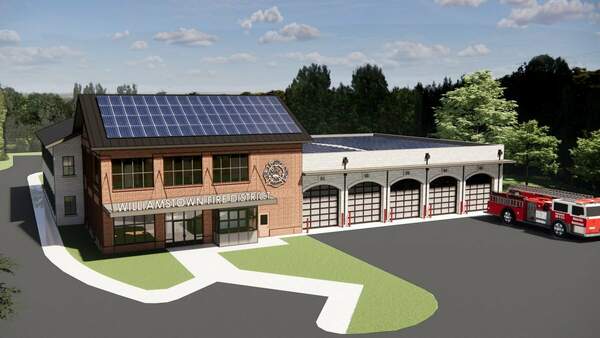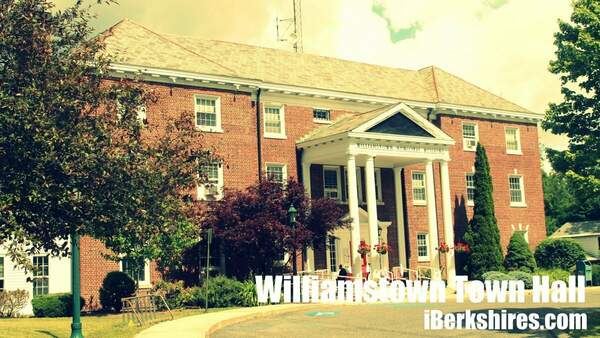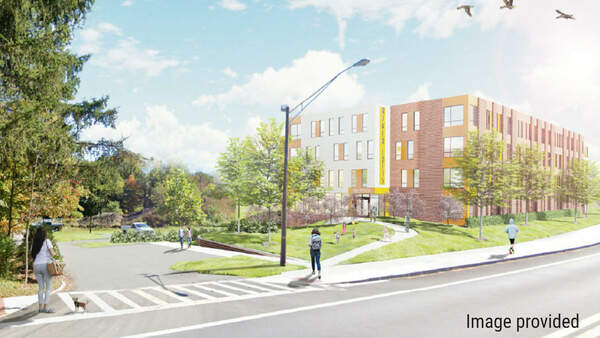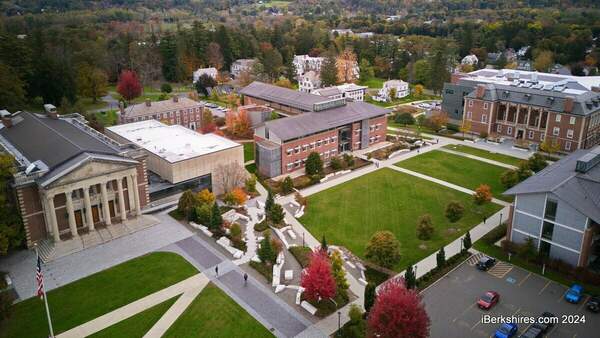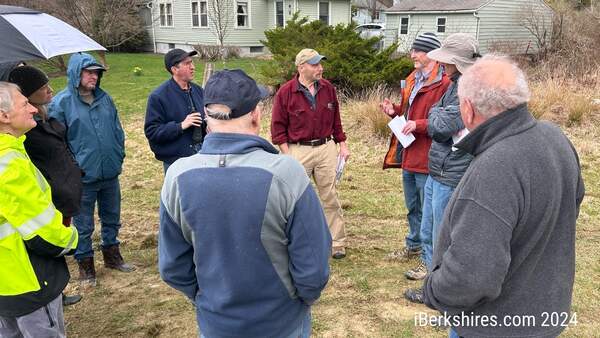
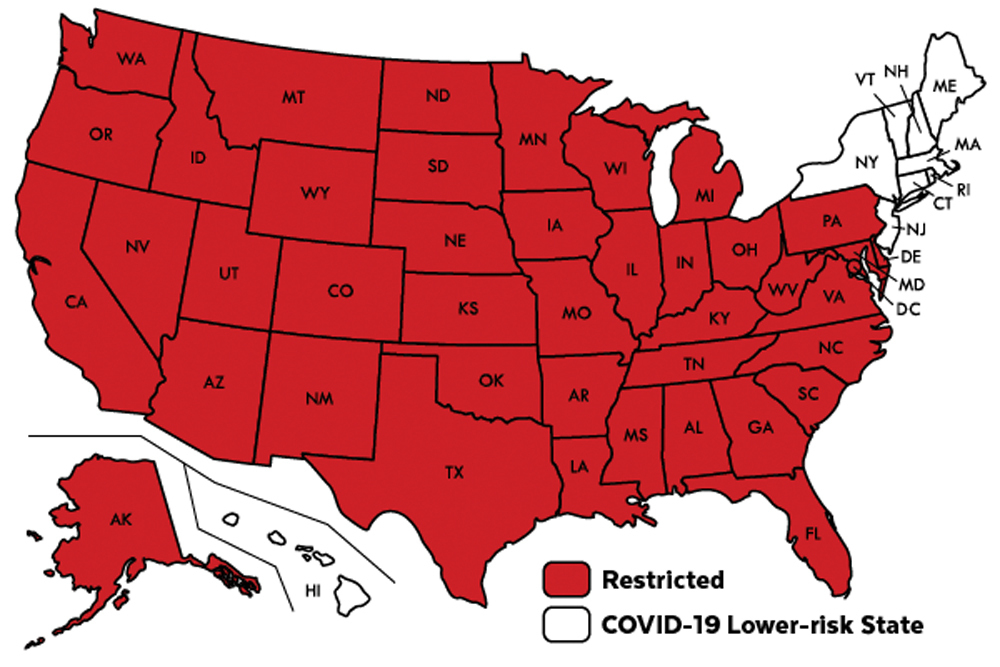
Governor Signs Order Requiring Travelers to Isolate 14 Days
BOSTON — Gov. Charlie Baker on Friday signed an executive order requiring anyone entering the commonwealth from any state outside the Northeast to self-quarantine for 14 days or provide proof of a negative test for COVID-19.
The new travel order, outlined on the state's website, carries a $500 per day fine for anyone violating the rule, which goes into effect on Aug. 1.
It applies to any residents of the commonwealth returning to Massachusetts as well as visitors from — for now — 41 states not identified as "lower-risk" states. The lower-risk states currently include the five other New England states plus New York, New Jersey and Hawaii.
That list of lower-risk states is subject to change as data changes with regard to infection rates. The states will be evaluated on two criteria: the "average daily cases per 100K [state residents] below six and positive test rate below 5 percent, both measured as a 7-day rolling average," according to the order.
Baker and Secretary of Transportation Stephanie Pollack said the commonwealth will be posting signage at highways and rest areas as well as in airports, train stations and bus terminals.
"Airbnbs and hotels are going to be expected to inform people when they book a room and when they show up that these are the rules," Baker said.
If a resident suspects someone is not following the rules, he or she can make a report to the local Board of Health or to the commonwealth by dialing 211, Baker said.
Citing the high compliance he has seen around the state with social distancing and face covering guidelines, Baker said he believes the new travel order also will be widely followed.
"If we make it clear to people on the front end and make clear to the airlines and other travel partners … what the rules of the game are, the vast majority of people will play by the rules," he said.
In addition to voluntary self-quarantine, anyone entering the state from outside the Northeast will be required to submit a form with contact information that will allow officials to check in with the recent entrants to confirm they are adhering to the self-quarantine rule, Baker said.
Workers in certain critical industries, like first-responders, will be exempt from the self-quarantine requirement and allowed to leave their residences to go to work.
Baker said there are three reasons why he rolled out the travel order at this time.
"The amount of interstate travel and, to some extent, the amount of international travel going on has gone from very low to low," Baker said. "It's higher now than it was 30 to 60 days ago.
"There are many parts of the U.S. that have seen very significant increases in positive test rates, and positive test rates per capita over the last 30 to 60 days, which has changed the game in the way we think about interstate travel. And the third thing, obviously, is there are a lot of people coming here for vacation and a lot of people coming here because school is starting in the fall."
Baker said his administration has no plans to start stopping cars at the state line to ensure that people entering the state are complying with the order.
At Friday's press availability, the governor and Secretary of Health and Human Services Marylou Sudders discussed apparent anomalies that showed up in the commonwealth's COVID-19 dashboard on Thursday.
Among other things, the state's reporting system Thursday cited a drop of 181 in the number of patients hospitalized for COVID-19 — a decline of 34 percent from the previous day's total of 532.
Sudders blamed "hastily announced federal [reporting] guidelines that just went into effect" and said the state and hospital officials are "working nonstop to resolve any accuracy and integrity issues that may have resulted."
"When the federal government announced on the 15th of July that the reports for hospitals, the data elements, were going from 41 to 90, effective July 22, and changing a number of definitions and some data hospitals report is weekly data and some of it's daily," Sudders said. "Now there's 91 data fields, daily reporting from hospitals, one week's notice to get in place.
"Acute care hospitals in Massachusetts report to us, and we report to the federal government. That's a lot of data with [new] definitions and changing technical elements."
Tags: COVID-19,
More Coronavirus Updates

 WILLIAMSTOWN, Mass. — The Prudential Committee on Wednesday signed off on more than $1 million in cost cutting measures for the planned Main Street fire station.
WILLIAMSTOWN, Mass. — The Prudential Committee on Wednesday signed off on more than $1 million in cost cutting measures for the planned Main Street fire station.